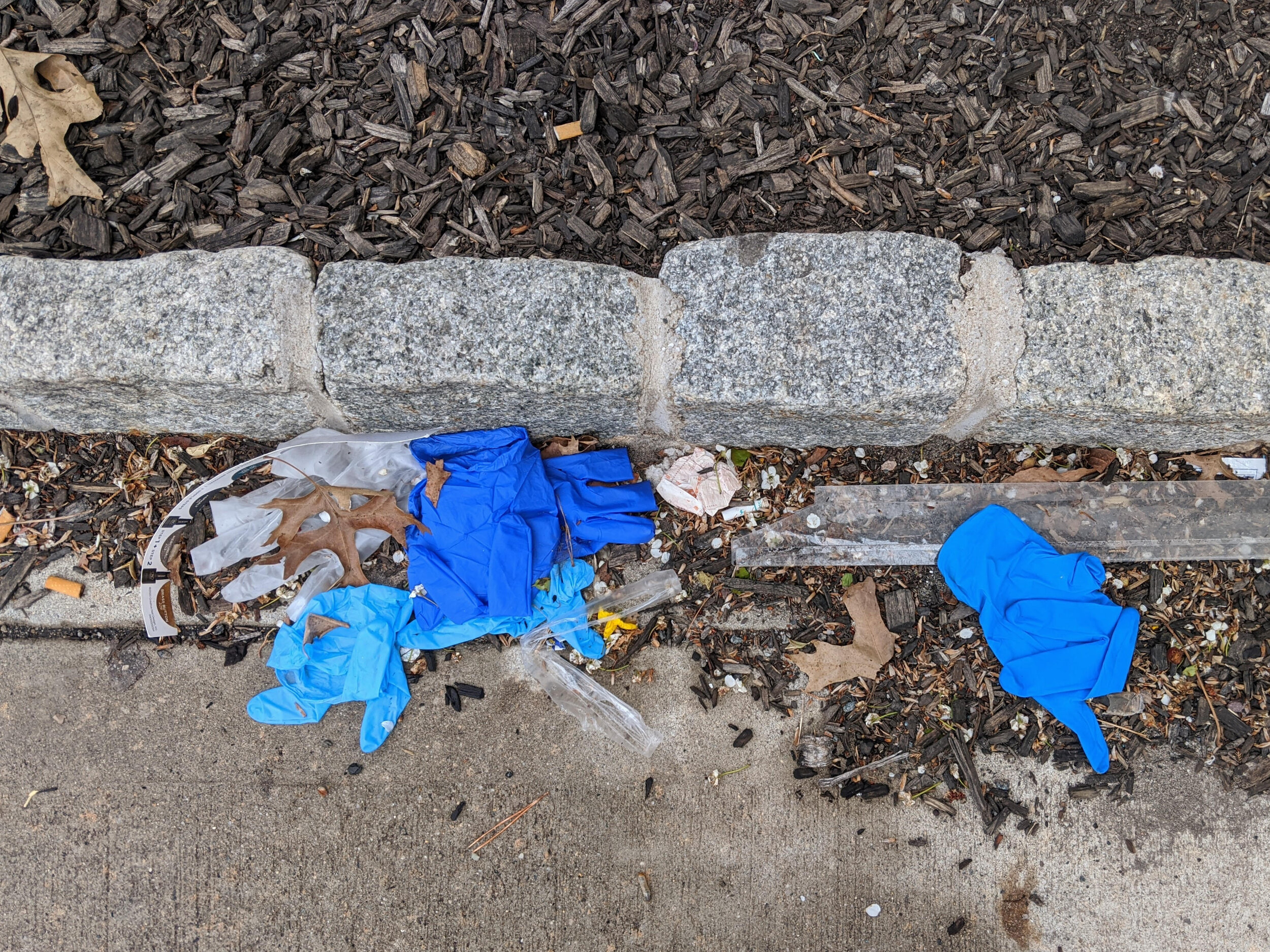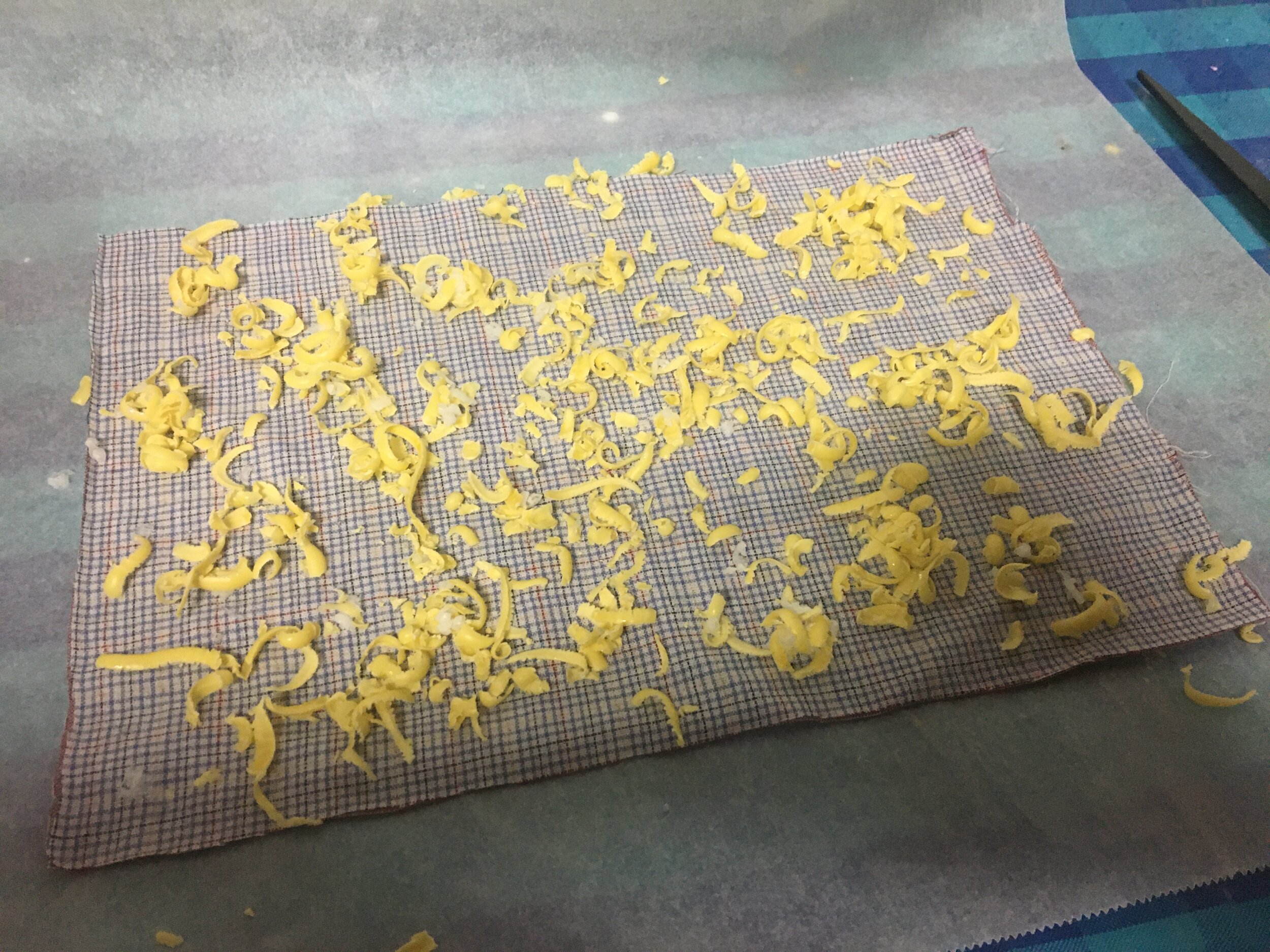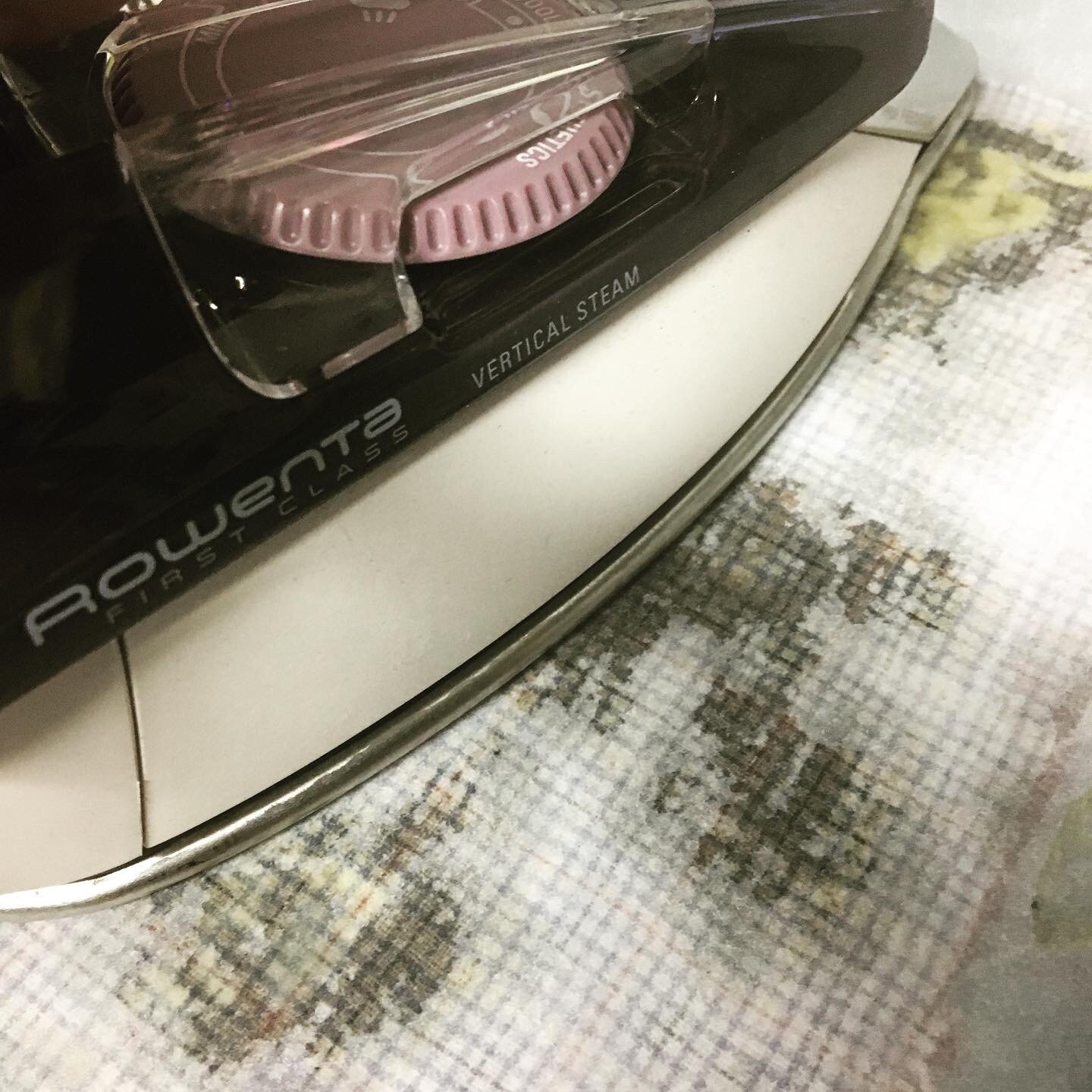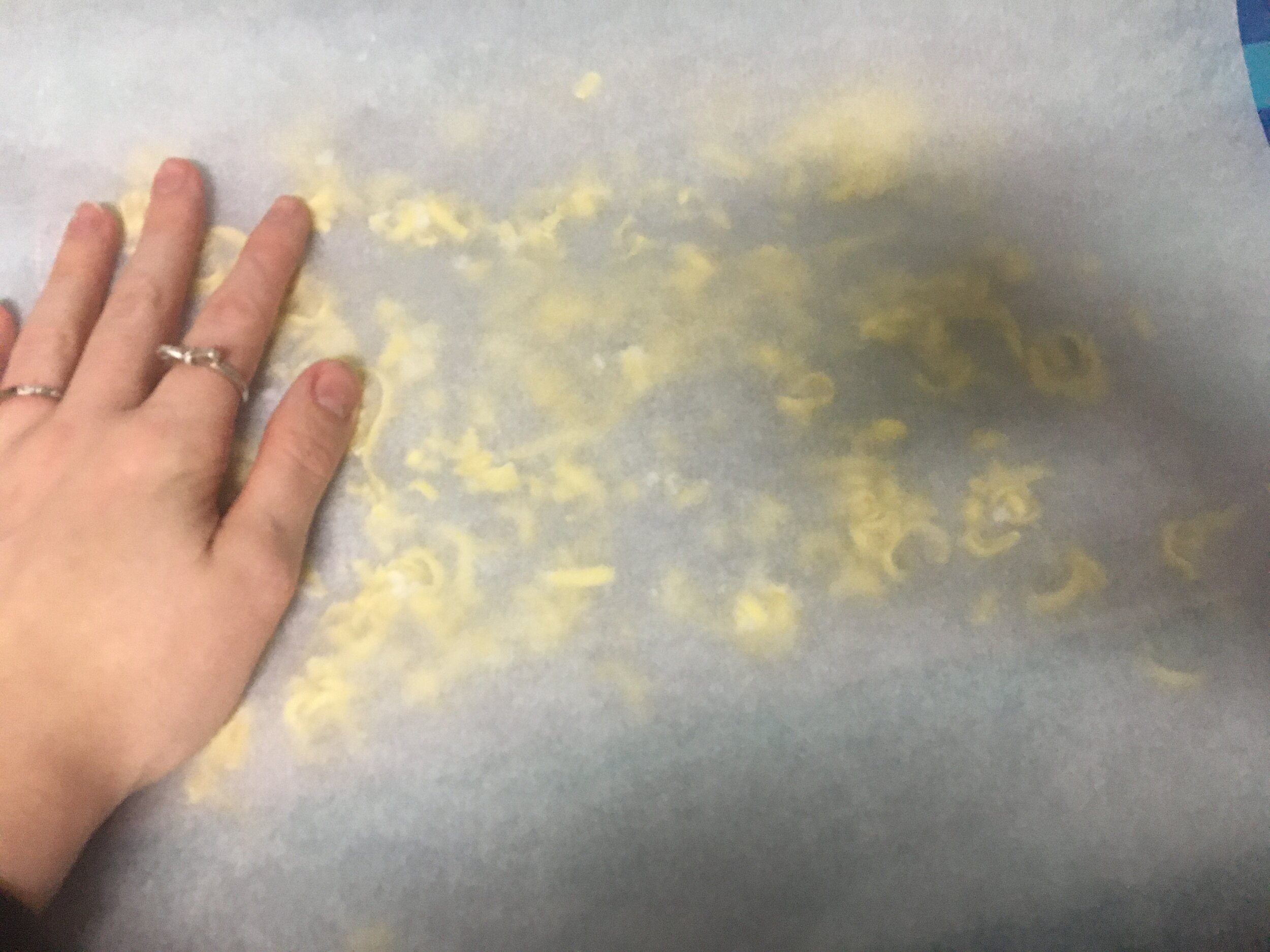From the Dark Ages on, people have talked about fairy mounds. The home of the elusive sidhe (although people today call the fairy people sidhe, they used to be called aos si, and their sithen used to be sidh). These mounds or sithens are the dwelling place of the fairies of old. You know the legends of these mounds in the British Isles, but did you know that prior to the arrival of the Europeans to Nova Scotia, there were FIVE fairy mounds in Nova Scotia? In an earlier post, I talked about the fairy mound that was at the sight of current Inverness, Nova Scotia. The town was literally built atop it. But there were five in total. Also, interestingly enough, they are widely spaced across the map.
While the first mound was at Inverness, the second mound was within Dartmouth. Its exact location a mystery, only that the city built atop it. The third one was near the Wilkie Sugar Loaf Mountain in Cape Breton. The fourth one was located in the Dagger Woods area in Antigonish county. The fifth and last one was in the Kejimkujik Lake area. This last one is fairly interesting as the common belief held that it wasn't fairies, but rather pixies that lived there (pixies being much smaller than fairies, but pixies and fairies are also enemies). The Kejimkujik mound was closely studied by a famous Nova Scotia historian and author William Richard Bird.
The Dagger Woods mound in Antigonish was the sight of an abduction. A young married man, on his way home from a local "drinking establish" was captured and held for three days only to be released on the fourth. His wife was suspicious that he was spending his time with a former paramour, but under repeated questioning, he told his family and friends that he had no memory of the event. No memory at all.
These mounds and the people therein were well known to the Mi'mkaq people of Nova Scotia. They called them Mikmwesuk and believed them to have magical powers. Mi'mkaq people generally avoided these areas as the Mikmwesuk was said to be fond of playing tricks on people. Although they do also tell stories of people that were aided by the "little people" as well. Does that not sound familiar? Like the fairies of Europe?
The existence of these mounds has been documented in several books, long out of print. The question that remains is just what happened to the mounds? Are they still there? Have they been vacated? Or do the fairies/pixies still appear from time to time, leaving mischief in their wake?
Story from https://www.facebook.com/nscryptids/





















